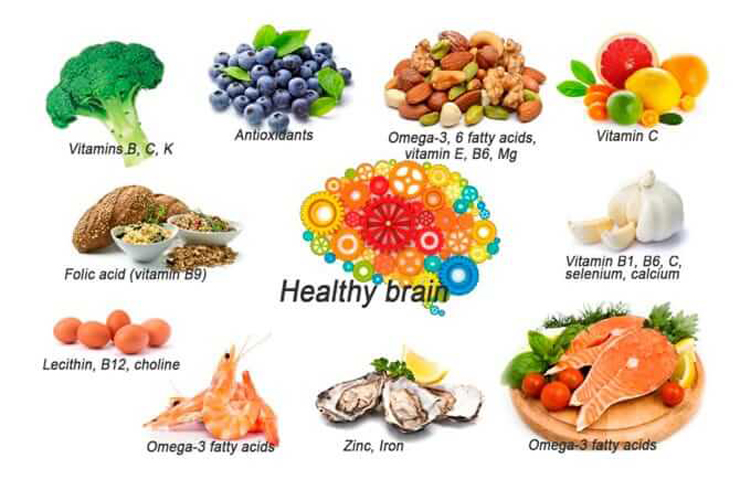Control Diabetes is one of the most common chronic conditions worldwide, and its prevalence is rapidly increasing. It occurs when the body cannot properly regulate blood sugar (glucose) levels, either due to insufficient insulin production or reduced insulin sensitivity. While medications are often necessary, diet plays the most important role in controlling diabetes.
By making smart food choices, people with diabetes can prevent blood sugar spikes, reduce complications, and improve their overall quality of life. In this article, we will explore effective ways to control diabetes with diet, including food recommendations, meal planning tips, and healthy lifestyle strategies.

Why Is Diet Important in Diabetes Control?
Food directly impacts blood sugar levels. Eating too many refined carbs, sugary snacks, or fried items can cause sudden glucose spikes, which over time may damage organs and blood vessels. On the other hand, a well-balanced diet stabilizes blood sugar, provides energy, and helps maintain a healthy weight. Since obesity is one of the biggest risk factors for type 2 diabetes, a proper diet also helps in weight management.
Best Foods to Control Diabetes
1. High-Fiber Foods
Foods like whole grains, oats, barley, beans, lentils, and vegetables are excellent sources of fiber. Aim for at least 25–30 grams of fiber daily.
2. Lean Proteins
Proteins help keep you full and stabilize blood sugar levels. Healthy options include grilled chicken, turkey, fish, eggs, and plant-based proteins like lentils and chickpeas.
3. Healthy Fats
Not all fats are harmful. Omega-3 fatty acids from fish, nuts, seeds and olive oil improve heart health and support blood sugar control.
4. Non-Starchy Vegetables
Vegetables like spinach, broccoli, cucumbers, zucchini, and cauliflower are low in carbs but rich in nutrients. They can be consumed in large portions without affecting blood sugar significantly.
5. Low-Glycemic Fruits
Fruits with a low glycemic index (GI) release sugar slowly into the bloodstream. Examples include apples, pears, oranges, berries, and peaches. Avoid high-sugar fruits like mangoes, grapes, and pineapples in large amounts.
Foods to Avoid in Diabetes
- Refined carbs: White bread, pasta, and bakery items.
- Sugary drinks: Soda, packaged juices, and energy drinks.
- Fried foods: Pakoras, samosas, and deep-fried snacks.
- Processed snacks: Chips, biscuits, and candies.
- Excess salt: Too much salt increases the risk of high blood pressure, a common complication in diabetes.
Meal Planning Tips for Diabetes
Balanced Plate Method
Divide your plate into three parts:
- Half plate: Non-starchy vegetables (spinach, carrots, cucumbers).
- One-fourth: Lean protein (chicken, fish, or lentils).
- One-fourth: Whole grains or starchy food (brown rice, oats, quinoa).
This simple method ensures portion control and balanced nutrition.
Portion Control
Even healthy foods can increase blood sugar if consumed in excess. Using smaller plates, measuring portions, and avoiding second helpings helps regulate calorie intake.
Sample Diet Plan for Diabetes
Breakfast
- Oatmeal with chia seeds and berries
- A boiled egg or low-fat yogurt
Mid-Morning Snack
- An apple or a handful of nuts
Lunch
- Grilled chicken or lentil soup
- Brown rice with stir-fried vegetables
Evening Snack
- Green tea with roasted chickpeas
Dinner
- Baked fish with steamed broccoli
- Quinoa or whole wheat roti
Bedtime Snack
- A small glass of warm low-fat milk (unsweetened)
Lifestyle Habits Along with Diet
1. Stay Hydrated
Drink at least 8–10 glasses of water daily.
2. Limit Alcohol and Avoid Smoking
Alcohol can cause sudden fluctuations in blood sugar, while smoking worsens insulin resistance. Both should be avoided for better control.
3. Exercise Regularly
A 30-minute walk, yoga, or light workouts improve insulin sensitivity and help maintain a healthy weight. Exercise also lowers blood pressure and cholesterol, which are risk factors for diabetic complications.
4. Monitor Blood Sugar Levels
Keeping track of blood sugar helps you understand how food choices affect your health.
Common Myths About Diabetes Diet
- “People with diabetes cannot eat fruits.” False. Low-GI fruits in moderation are safe and beneficial.
- “Sugar-free products are always healthy.” False. Many contain artificial sweeteners and unhealthy additives.
- “Skipping meals helps lower sugar.” False. Skipping meals can actually trigger sugar spikes later.
Conclusion
Managing diabetes with diet is about making smart food choices rather than strict restrictions. Including fiber-rich foods, lean proteins, healthy fats, and non-starchy vegetables while avoiding refined carbs and sugary items can significantly improve blood sugar control. Following the balanced plate method, practicing portion control, and maintaining regular meal timings are simple yet effective strategies.
When combined with regular exercise, hydration, and healthy lifestyle changes, a well-planned diet becomes a powerful tool to control diabetes naturally. Small, consistent changes in eating habits can prevent complications and improve long-term health for people living with diabetes.

